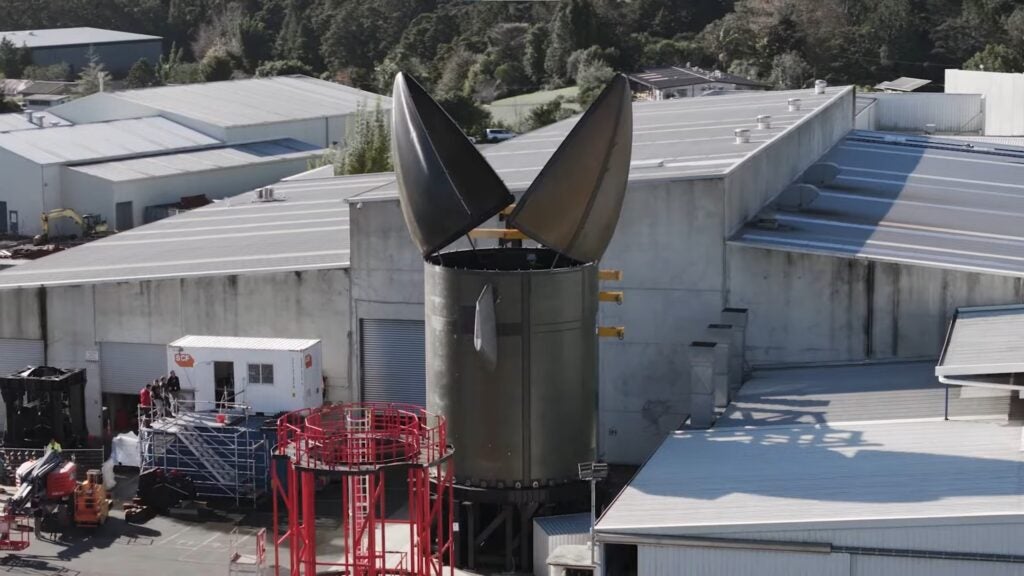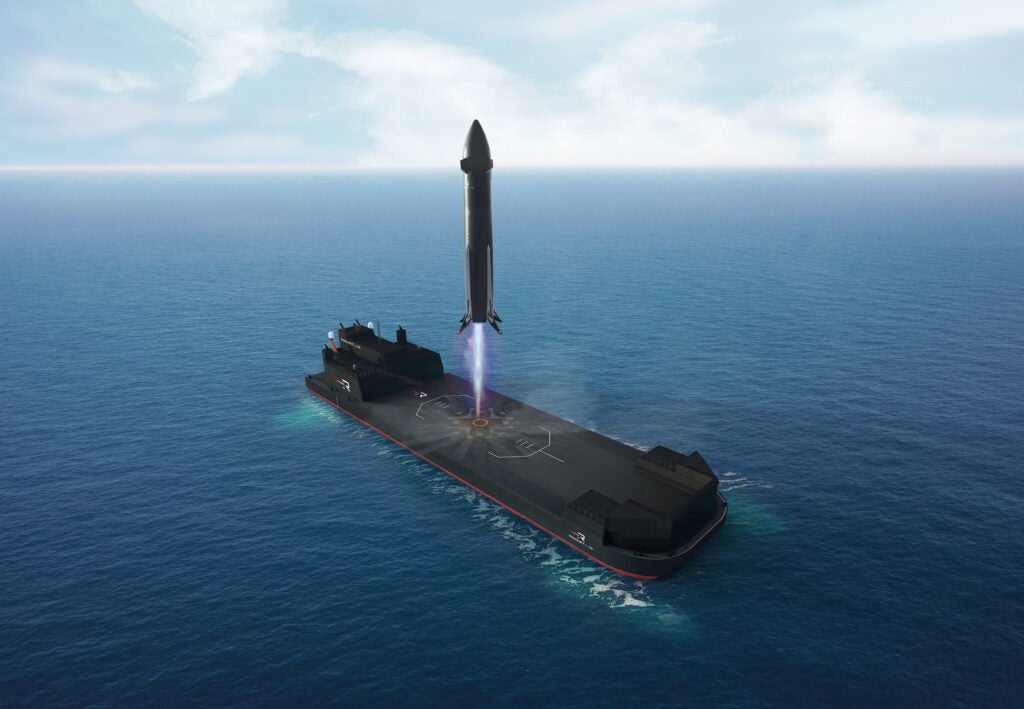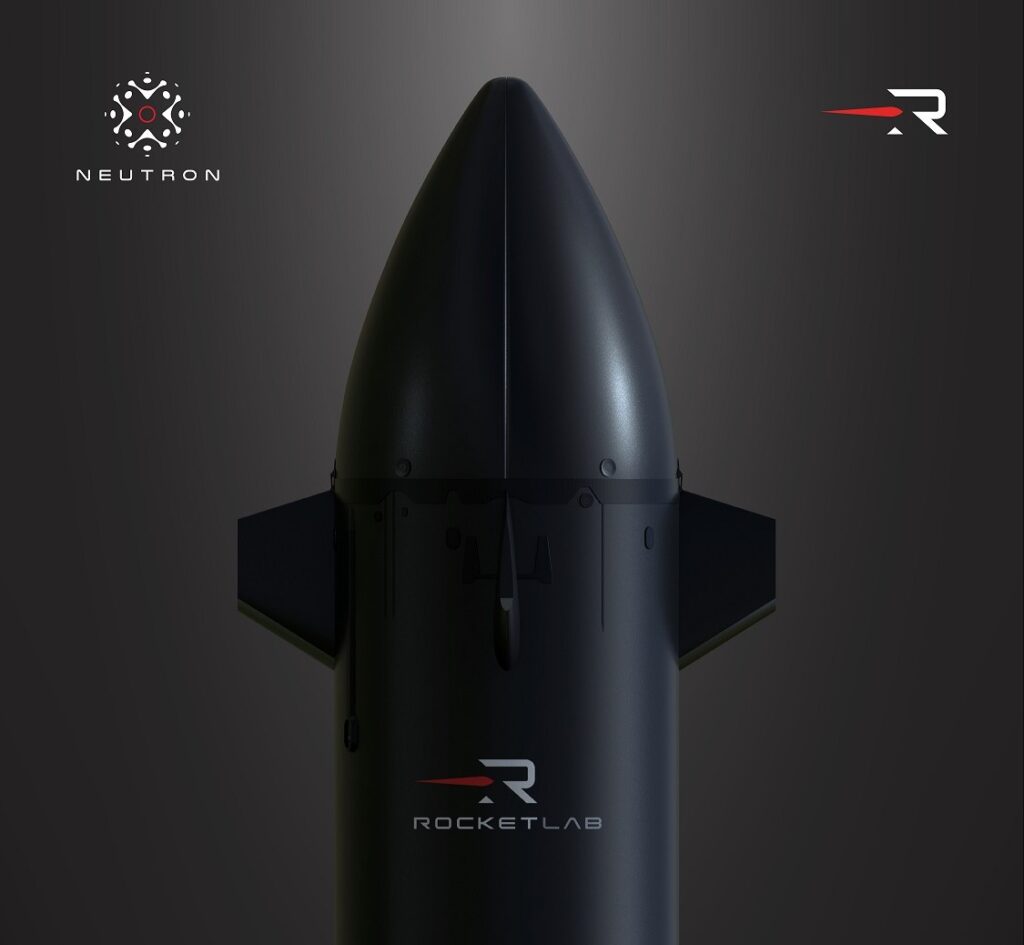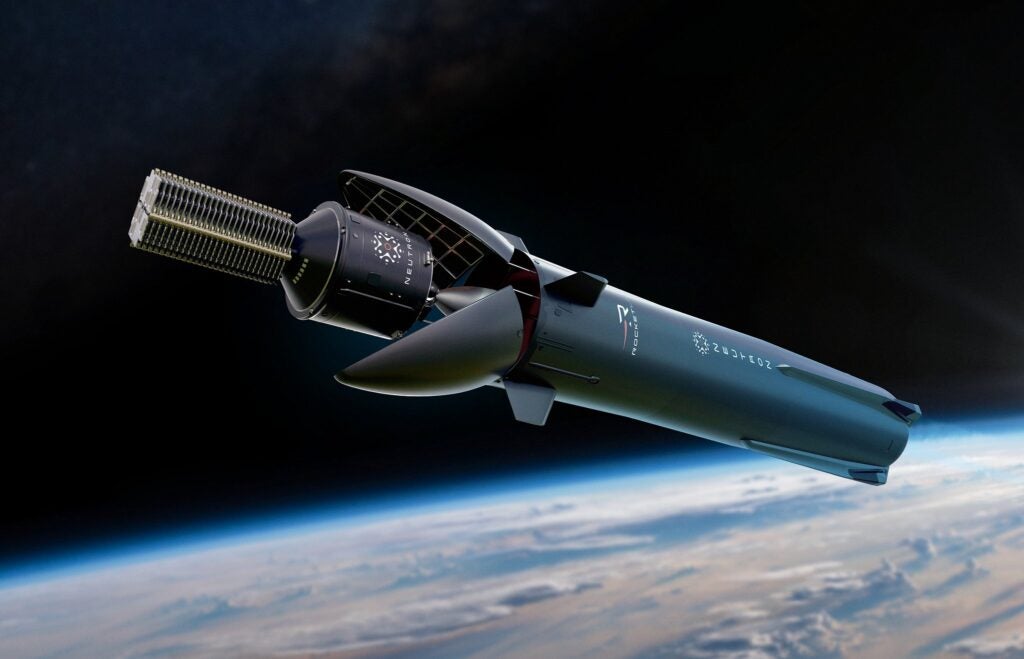Neutron to Deliver Cargo from Space for Air Force Research Lab in 2026
Rocket Lab has been contracted by the US Air Force to deliver cargo from space using it’s new launch vehicle, the Neutron. Announced May 8, during their quarterly earnings call, the contract was awarded by the Air Force Research Lab through its Rocket Experimentation for Global Agile Logistics (REGAL) solicitation.
The goal of REGAL is to demonstrate the ability to deliver cargo from the United States to anywhere on earth within an hour or two using rockets and advanced re-entry vehicles. What specific cargo this would be was not described in detail but the AFRL says it could include critical mission systems or humanitarian aid for disaster relief.

The mission will fly no earlier than 2026 following the succesful test flight of Neutron which is expected in the second half of 2025. The Neutron medium-lift launch vehicle is hoped to revolutionize the launch market and provide competition to the near monopoly held by SpaceX’s Falcon 9. In many ways Neutron is an improvement over the Falcon 9 utilizing carbon composite structures instead of aluminum for weight reduction. Other key design features include a “hung” upper stage that isn’t required to bear any structural load like traditional rockets allowing for less weight and thus higher performance. The most visually notable feature is its clamshell fairings which will remain on the vehicle through the entire flight profile unlike traditional fairings which separate from the vehicle and are either expended or recovered by boat.

All these features are intended to reduce cost in order to compete with the near monopoly held by SpaceX. Importantly for the DoD this cost reduction will make the concept of rocket cargo more fiscally realistic. While rocket cargo offers dramatically reduced travel times the cost will be significant. A Falcon 9 flight will run commercial customers about $70 million while the DoD charges $20,000 per flight hour for a C-17A. While a 15 hour flight could be reduced to 2 hours, does that warrant a 100-200x increase in cost?

Perhaps the more important feature of rocket cargo isn’t so much time reduction, but access to contested areas. In a theoretical Pacific War certain islands might be too risky for non-stealthy aircraft like the C-17A to access. That’s where rocket cargo might be more useful, access into denied zones where hostile stealth fighters and long range SAMs prohibit typical activity.

